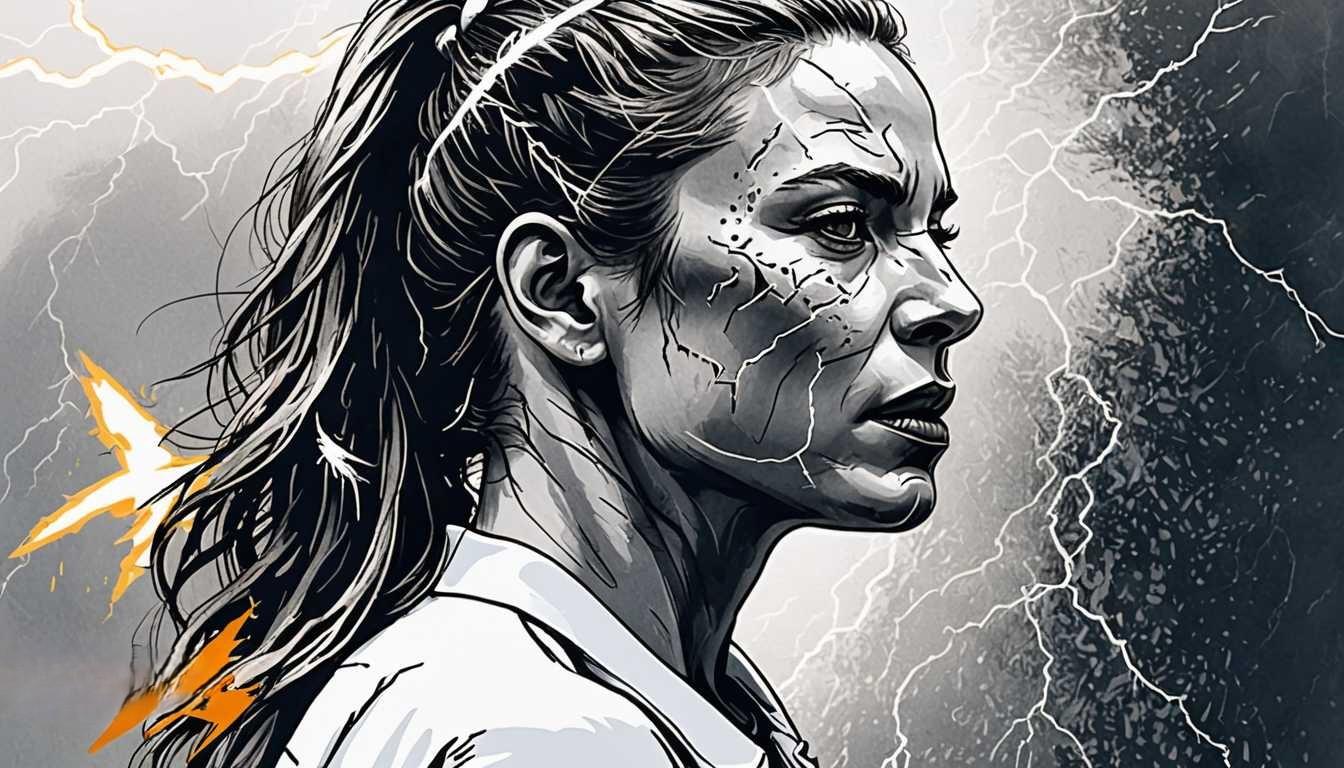A Bout Beyond the Ring
May 2023
JSTOR Daily
Introduction
Dive into the gripping tale from JSTOR Daily about a historic boxing match that left an indelible mark on the sport and its participants. On a fateful night in 1962 at Madison Square Garden, the fight between Bennie “Kid” Paret and Emile Griffith transcended mere competition, touching on themes of masculinity, rivalry, and tragedy. With a backdrop of societal homophobia and personal vendettas, this was no ordinary bout. Discover how this wild brawl forever changed two lives, the sport of boxing, and sparked a wider debate on the brutal nature of the game. It's a story that packs a punch, both literally and metaphorically!
READ FULL ARTICLEWhy It Matters
Discover how this topic shapes your world and future
Punching Through Stereotypes
Imagine a world where your favorite sport holds a mirror up to society, reflecting not just the thrill of competition but also the deeper struggles and triumphs of humanity. That's precisely what happened on a fateful night in 1962, when the boxing ring at Madison Square Garden became a battleground for more than just the welterweight title. It became a stage where issues of masculinity, sexuality, and societal norms clashed in front of thousands. This event wasn't just about who would land the most punches; it was a moment that challenged the very fabric of what it means to be a man in a hyper-masculine sport and society. For you, this isn't just a lesson from history. It's a call to explore how the sports and activities you love are intertwined with larger societal issues, how they can perpetuate stereotypes or break them down, and how understanding these dynamics can lead to a more inclusive and empathetic world.
Speak like a Scholar
Orthodox masculinity
Traditional beliefs about how men should behave, emphasizing strength, stoicism, and dominance.
Patriarchy
A social system where men hold primary power, dominating in roles of political leadership, moral authority, social privilege, and control of property.
Homophobia
Dislike of or prejudice against homosexual people, often manifesting in discrimination or hostility.
Subculture
A cultural group within a larger culture, often having beliefs or interests at variance with those of the larger culture.
Stereotype
A widely held but fixed and oversimplified image or idea of a particular type of person or thing.
Inclusivity
The practice or policy of including people who might otherwise be excluded or marginalized, such as those who have physical or mental challenges, or who belong to minority groups.
Independent Research Ideas
The role of sports in shaping gender identities
Investigate how participation in sports contributes to the formation and reinforcement of gender identities in young athletes. Explore the balance between positive outcomes like teamwork and discipline versus potential reinforcement of gender stereotypes.
Impact of public figures coming out in hyper-masculine professions
Examine the effects on society and within the profession when individuals in traditionally masculine roles, such as athletes or soldiers, come out as LGBTQ+. Consider changes in public perceptions, policy, and the experiences of LGBTQ+ individuals within those fields.
Masculinity and mental health in competitive sports
Investigate the relationship between traditional masculinity norms and mental health issues among male athletes. Explore how the pressure to conform to certain masculine ideals can affect mental wellness and how breaking these norms can lead to positive change.
The evolution of gender norms in boxing
Trace the history of gender norms and expectations in boxing, from its early days to the present, focusing on key events that challenged or reinforced these norms. Consider how these changes reflect broader societal shifts in gender perceptions.
Homophobia and inclusivity in sports teams
Conduct a study on the presence of homophobia in high school or college sports teams and its impact on team dynamics and individual athletes. Explore initiatives or programs that promote inclusivity and examine their effectiveness in creating a supportive environment for all athletes, regardless of their sexuality.




